Teens and social media: American Psychological Association issues guidance for safe use and ‘instruction’
For better or worse, social media has become an intrinsic part of adolescence. A majority of teens use YouTube (95%), TikTok (67%), Instagram (62%) and Snapchat (59%), according to a Pew Research Center survey of American teenagers ages 13 to 17.
In light of some studies linking social media use with an increase in teens’ mental health problems, including depression and anxiety, the American Psychological Association (APA) has released its first-ever Health Advisory on Social Media Use in Adolescence.
Written by a panel of psychological scientists, the advisory presents recommendations based on social media’s impact on young users’ “social, educational, psychological and neurological development.”
TEEN GIRLS SPEND MORE TIME ON ‘SENSITIVE’ SOCIAL MEDIA CONTENT THAT CAN HARM MENTAL HEALTH, REPORT SAYS
It is aimed at parents, teens, teachers, policymakers, mental health providers and technology companies.
Social media is “not inherently beneficial or harmful to young people,” says the APA — but its impact is different for every child, the advisory went on, based on the child’s personal experiences, influences and characteristics.
Dr. Ryan Sultan, a board-certified psychiatrist and research professor at Columbia University in New York, has seen firsthand the negative impacts social media can have on today’s youth.
“Nearly every parent and teen I work with clinically is struggling with how to manage social media,” he told Fox News Digital. “Unchecked social media use can worsen self-image, promote bullying behaviors, deprive youth of sleep and adversely impact overall mental health.”
That said, Sultan recognizes that social media has become the primary basis for many teens’ interpersonal lives.
TIKTOK TELEHEALTH? TEENS PUT AT RISK BY SELF-DIAGNOSING MENTAL HEALTH ON SOCIAL MEDIA
“Youth should be encouraged to use social media as a way to promote healthy socialization, such as intimacy with peers,” he said.
Sultan believes that adults should be thinking about how to create a balanced social media model for teens — and he sees the APA’s new advisory as a positive step in that direction.
“The APA’s recommendations are thorough, welcome and overdue,” Sultan said. “They acknowledge that social media is not inherently good or bad — but, as with all new technology, it can be a double-edged sword.”
Impact is different for each child
“Social media is neither inherently harmful nor beneficial to our youth,” said APA President Thema Bryant in a press release announcing the advisory.
“Social media is neither inherently harmful nor beneficial to our youth.”
“But because young people mature at different rates, some are more vulnerable than others to the content and features on many social media platforms that science has demonstrated can influence healthy development.”
For children between 10 and 14 years of age, the APA’s advisory recommends that adults review their children’s social media channels and provide ongoing discussion and coaching about the content.
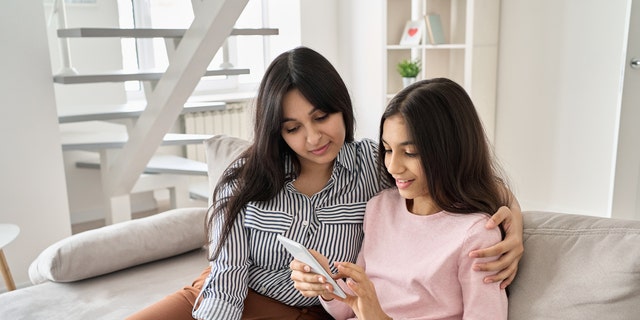
This is especially important as young teens have not yet developed mature self-control and are easily influenced by the “attention, feedback and reinforcement” from peers, said the advisory.
“However, monitoring should be balanced with youths’ appropriate needs for privacy,” the experts stated.
AGE 13 AND YOUNGER IS ‘TOO EARLY’ FOR KIDS TO BE ON SOCIAL MEDIA, SURGEON GENERAL ADMITS
The APA also suggests that adults put into place “social media limits and boundaries” to prevent adverse outcomes.
Over time, as kids get older and more aware of potential risks, they may gain more autonomy.
“Monitoring should be balanced with youths’ appropriate needs for privacy.”
“Asking questions about what is appropriate for the child’s current stage of development and tailoring their social media exposure accordingly is a fantastic recommendation for parents,” Sultan told Fox News Digital.
Teens’ exposure to harmful behaviors should be prevented
The APA calls for minimizing adolescents’ exposure to “illegal or psychologically maladaptive behavior” on social media, particularly content that may encourage them to partake in risky or harmful activities.
Any content that depicts self-harm, harm to others or “eating-disordered behavior” should be reported and removed, the APA stated.
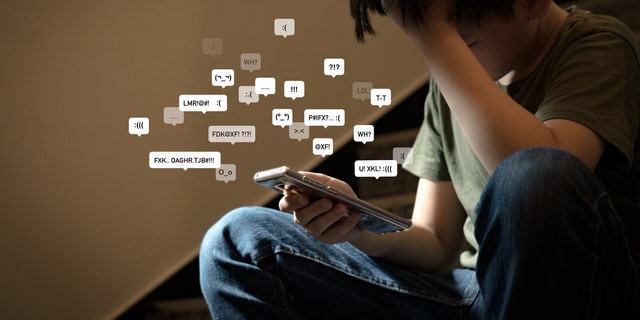
Additionally, teens should not be exposed to content that promotes discrimination, hate, prejudice or cyberbullying, the advisory says.
“Research demonstrates that adolescents’ exposure to online discrimination and hate predicts increases in anxiety and depressive symptoms, even after controlling for how much adolescents are exposed to similar experiences offline,” the advisory said.
Adults to watch for ‘problematic social media use’
Excessive (or obsessive) social media use that interferes with teens’ daily tasks, education, offline activities or relationships could cause long-term psychological harm, the APA wrote.
“Social media use should not restrict opportunities to practice in-person reciprocal social interactions, and should not contribute to psychological avoidance of in-person social interactions,” per the advisory.
About half of teens report at least one sign of problematic social media use, as the APA’s Chief Science Officer Dr. Mitch Prinstein, of Chapel Hill, North Carolina, wrote in a Q&A on the APA’s website. (Prinstein also co-chaired the advisory panel.)
These warning signs include being unable to stop even when they want to, lying in order to continue using social media and failing to keep up with daily routines, schoolwork or relationships.
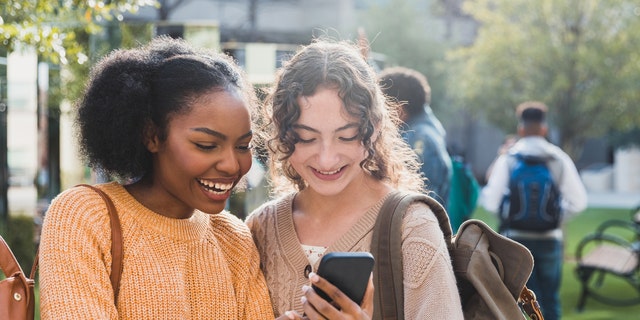
Another warning sign is when social media use causes disruptions to sleep, particularly when kids are on their devices within one hour of bedtime.
“Insufficient sleep is associated with disruptions to neurological development in adolescent brains, teens’ emotional functioning and risk for suicide,” the APA stated.
Social media should also not interfere with teens’ physical activity levels, as exercise is essential for both physical and psychological health, said the advisory.
Online comparisons should be avoided
Studies have shown that making comparisons on social media can have a detrimental effect on adolescents’ mental health.
To minimize this, the APA recommends that teens avoid using social media for this purpose, especially for content related to beauty or appearance.
“Just as we require young people to be trained in order to get a driver’s license, our youth need instruction in the safe and healthy use of social media.”
“Research suggests that using social media for social comparisons related to physical appearance, as well as excessive attention to and behaviors related to one’s own photos and feedback on those photos, are related to poorer body image, disordered eating and depressive symptoms, particularly among girls,” the advisory stated.
Prinstein of the APA recommends that parents talk with their teens about the fact that not everything they see online reflects reality.
“Help your child understand people are selective about sharing only what they want you to see online, giving a curated view of their lives and appearance,” Prinstein said in a Q&A on the APA’s website.
Teens should be trained in ‘social media literacy’
The panel of psychologists suggests that before using social media, teens should receive training in “social media literacy” to give them the skills and knowledge they need to help ensure “balanced, safe and meaningful social media use.”
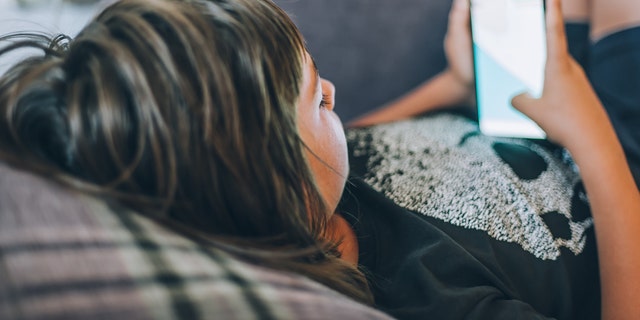
“Just as we require young people to be trained in order to get a driver’s license, our youth need instruction in the safe and healthy use of social media,” said the APA’s Bryant.
This type of training could help teens think more critically about social media content and be less likely to buy into inaccuracies, generalizations and misinformation, per the advisory. It could also help them deal with online conflicts in a healthy way.
TEEN GIRLS DEALING WITH MENTAL HEALTH CRISIS NEED ‘CONNECTION’ MOST, DOCTORS SAY
Social media literacy isn’t a one-time thing, but an ongoing and evolving series of discussions, Prinstein said in the Q&A.
“Check in periodically to talk about social media and look for signs that it may be harming their physical or psychological well-being,” he suggested. “Let your teen know they can come to you for support if they have concerns about content they’re seeing online or if they’re struggling with excessive social media use.”
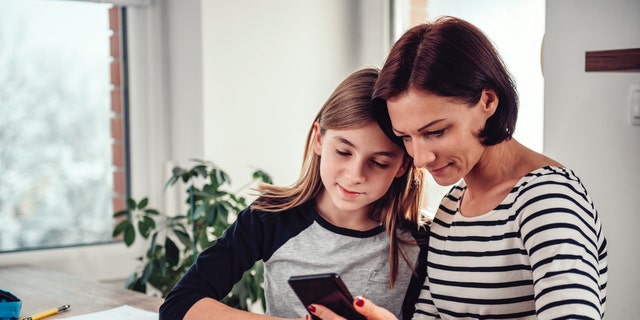
“By keeping the lines of communication open, you can help your child develop a healthy and positive relationship with social media,” he added.
The APA also calls for “substantial resources” to further research social media’s effects on teens’ development.
AI could present additional concerns
One aspect that was not mentioned in the APA’s advisory but is raising some concerns among teen mental health experts is the use of artificial intelligence in social media, such as Snapchat’s My AI feature.
Some teens are using the app’s built-in artificial intelligence chatbot for mental health purposes. While this can potentially have benefits, many experts advise caution.
TEENS ARE TURNING TO SNAPCHAT’S ‘MY AI’ FOR MENTAL HEALTH SUPPORT — WHICH DOCTORS WARN AGAINST
“If someone is in crisis and feels they have no one else to reach out to, and this mimics or gives the feeling of connection, and whatever is said is felt to be helpful, and it possibly stops them from doing something reckless or impulsive, then it is advisable,” said Dr. Don Grant, executive director of Newport Healthcare, a mental health treatment facility based in Los Angeles, California.
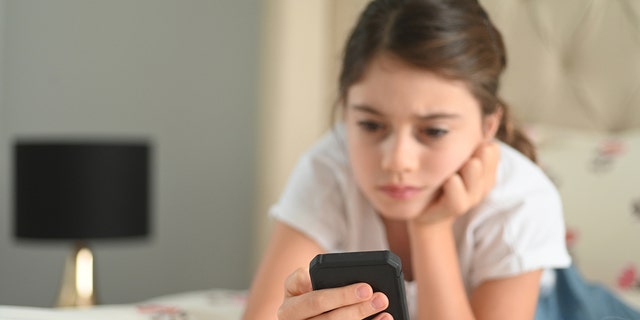
“I believe the biggest concern right now is that someone may get misinformation or have an experience that worsens their situation,” he told Fox News Digital.
When considering whether this type of AI is safe for children, Grant said it’s important to consider the child’s age, where they are developmentally, and if there are pre-existing issues with respect to mental health or device use.
“I believe the biggest concern right now is that someone may get misinformation or have an experience that worsens their situation.”
“If it does seem relevant to a family, a candid conversation with the child is a good option,” he said. “As with anything that is concerning, we want teens to feel safe enough to turn to parents or caretakers for support.”
CLICK HERE TO SIGN UP FOR OUR HEALTH NEWSLETTER
Along with Prinstein, the APA advisory panel was co-chaired by Dr. Mary Ann McCabe, PhD, associate clinical professor of pediatrics at the George Washington University School of Medicine in Washington, D.C.
Eleven other doctors participated.
“We hope these recommendations will be helpful as we all try to keep pace with the rapidly shifting social media ecosystem,” said APA CEO Arthur C. Evans Jr., PhD, in the APA’s press release.
“APA will continue to keep tabs on developments within the current and future platforms, with an eye toward safeguarding our youth and enabling them to benefit from the positive aspects of social media.”
Read the full article Here


